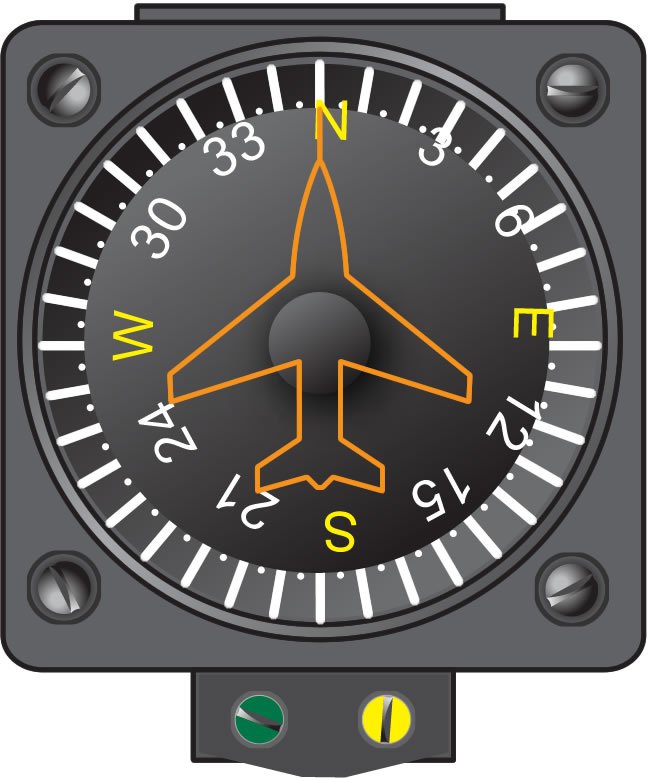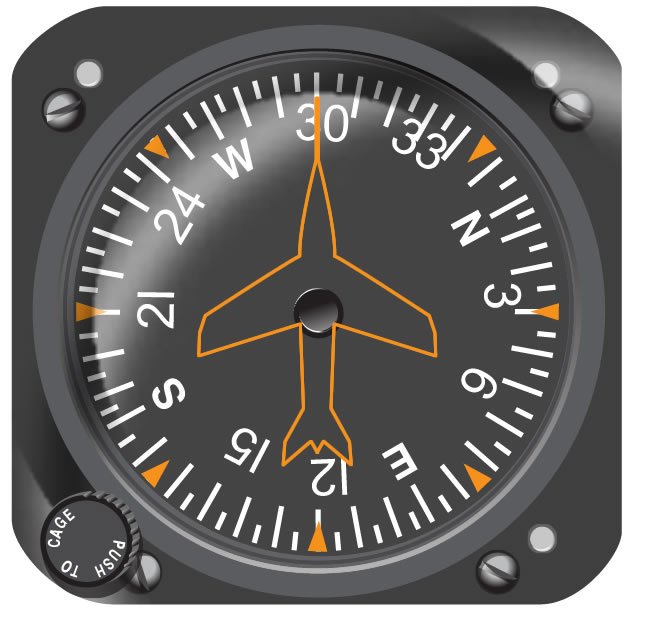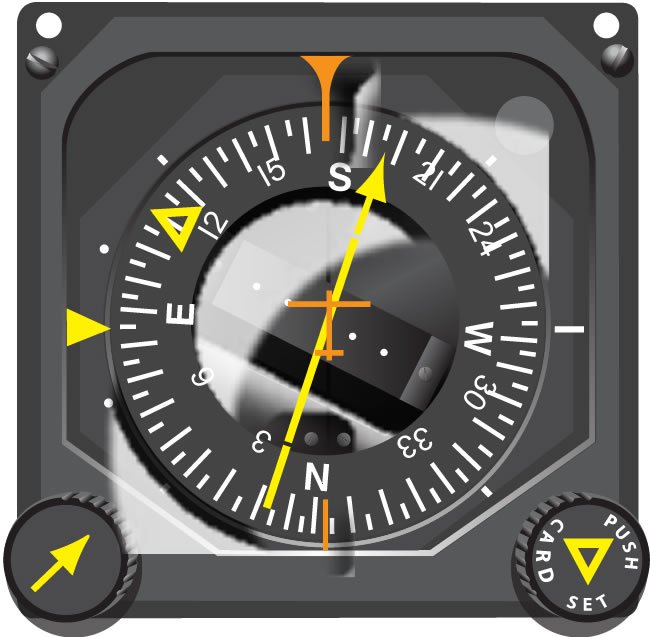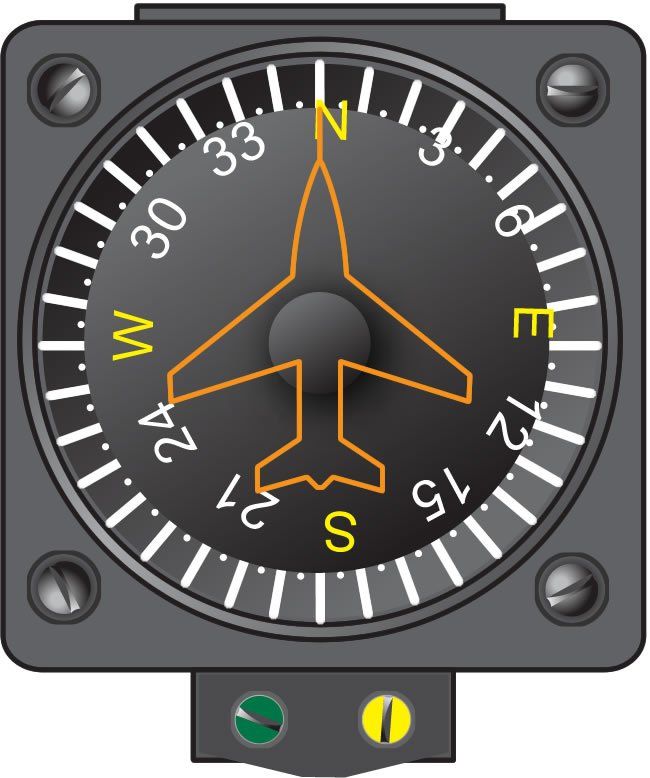So, youve decided the risk is worth it and youre going to execute a zero-zero or low-visibility takeoff. Youve thoroughly prepped the airplane, the cockpit and yourself for the operation, youve practiced it, you have a solid-gold takeoff alternate only a few miles away, with an ILS above minimums, and youre ready.

One problem: The weather is so bad, you cant see more than one or two of the runway stripes at a time. Is that enough to help ensure directional control on the takeoff roll? Probably not.
So, when it comes to establishing and maintaining directional control during the takeoff, youre stuck with whats in the panel, examples of which are reproduced here. Top, is a vertical card compass; middle is a standard directional gyro and at bottom is s slaved horizontal situation indicator. How will you use them to help you stay on the runway?

First, wed discard the vertical card compass from the mix, period. Its only marginally better than a so-called whiskey compass and, despite its easier-to-use design, is subject to many of the same errors present in a more traditional device. Among them is the acceleration error, which causes the compass to indicate a turn to the north when accelerating on a easterly or westerly heading, and to the south when decelerating. The ANDS acronym-accelerate north/decelerate south-may ring a bell.

With either of the other two instruments, which usually employ vacuum- or pressure-driven gyros to eliminate many compass errors, care must be taken to ensure theyre properly spun up to operating speed before even thinking about beginning a zero-zero takeoff. Additionally, they should be accurately aligned to the runway heading before the takeoff begins. During a zero-zero takeoff with no forward visibility, the heading indicator must be closely monitored to maintain directional control.




